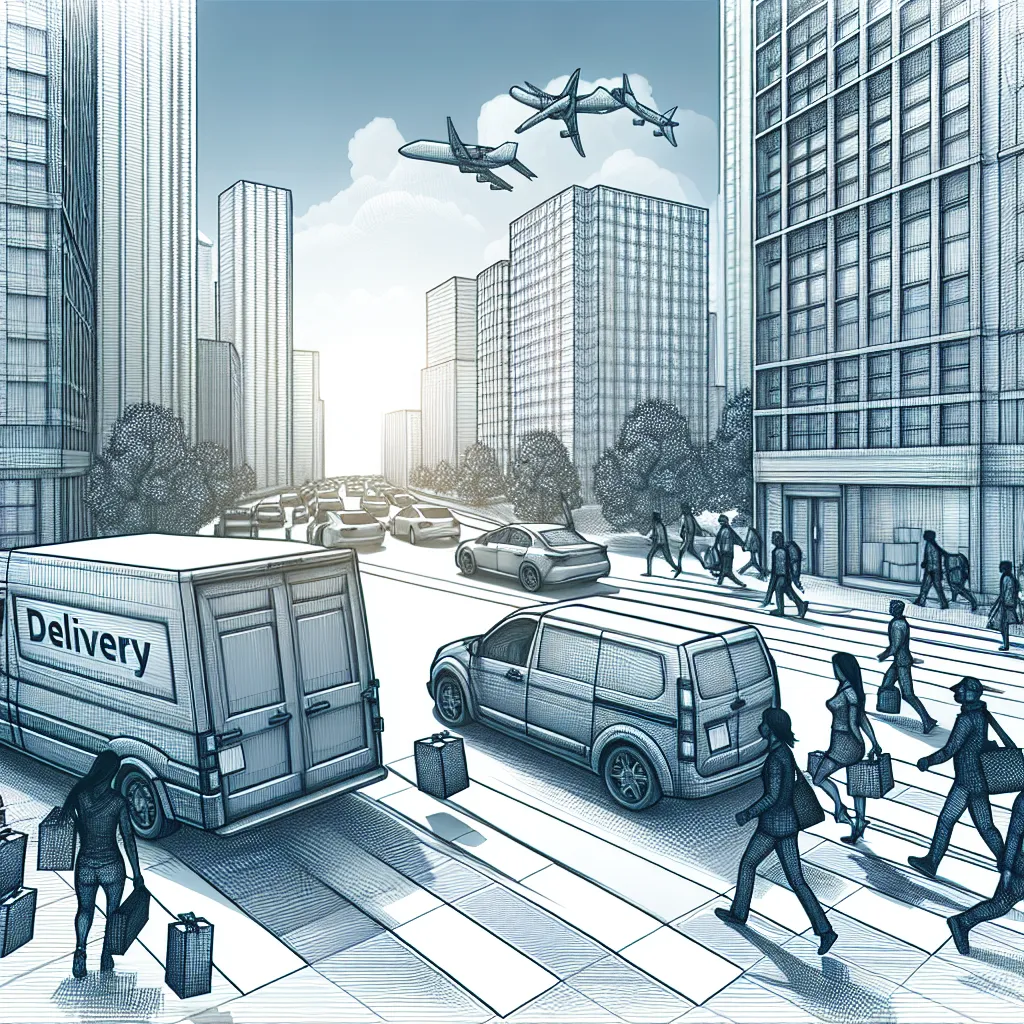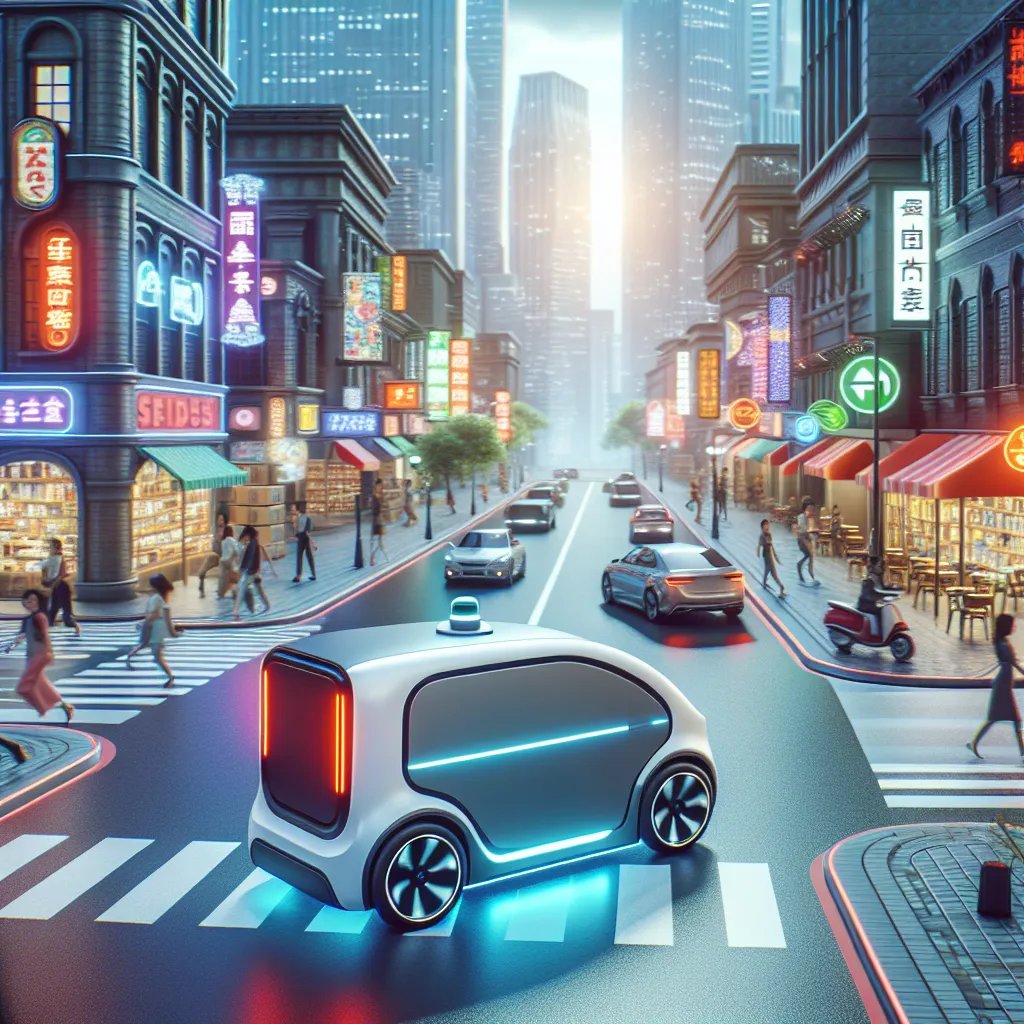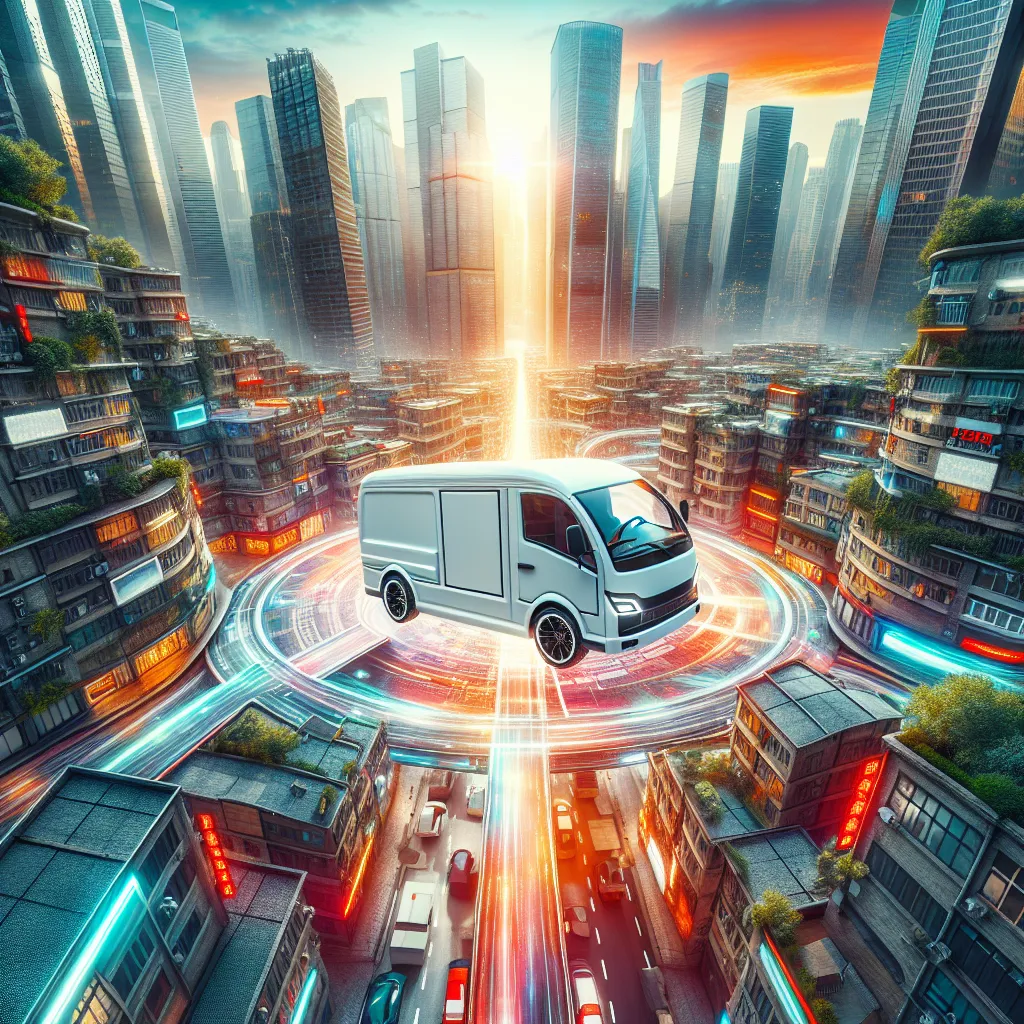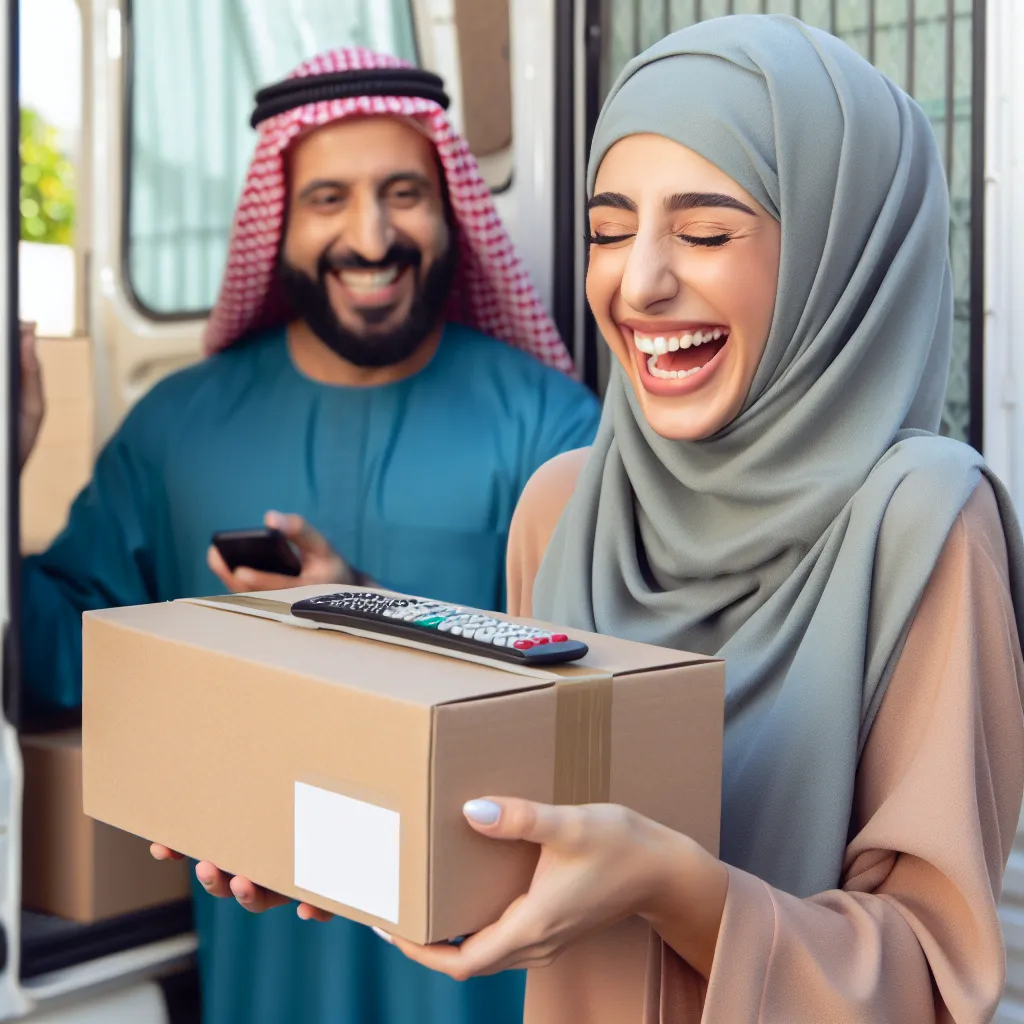Strategies for Efficient Last-Mile Delivery in E-commerce
Efficient last-mile delivery is crucial for the success of e-commerce businesses. As the competition in the online retail market continues to grow, businesses are constantly seeking strategies to optimize their last-mile delivery process in order to meet customer expectations and stay competitive.
One of the key strategies for efficient last-mile delivery in e-commerce is route optimization. By utilizing advanced routing software and algorithms, businesses can determine the most efficient delivery routes to minimize time and cost. This not only speeds up the delivery process but also reduces fuel consumption and carbon emissions, contributing to a more sustainable operation.
Another important aspect to consider is leveraging data and analytics to improve delivery efficiency. By analyzing delivery data, businesses can identify patterns and trends to streamline their operations. This may involve optimizing delivery schedules, re-evaluating inventory placement, or even implementing predictive analytics to forecast demand and plan deliveries proactively.
Furthermore, embracing technology such as autonomous delivery vehicles or drones can also significantly enhance last-mile delivery efficiency. While these technologies are still evolving, businesses that are early adopters can gain a competitive edge by offering faster and more flexible delivery options to their customers.
In addition to technology-driven strategies, collaborating with local delivery partners or utilizing crowd-shipping methods can help expand delivery networks and optimize the last-mile process. By tapping into the resources and expertise of local delivery services, businesses can enhance their delivery capabilities and reach customers in a timelier manner.
In conclusion, efficient last-mile delivery is a critical component of e-commerce success, and adopting strategic approaches such as route optimization, data-driven insights, technological innovations, and collaborative partnerships can significantly improve the speed, reliability, and cost-effectiveness of the delivery process, ultimately leading to greater customer satisfaction and competitive advantage.
Technology Solutions for Streamlining Last-Mile Fulfillment
When it comes to e-commerce, last-mile delivery is a critical aspect that can make or break the customer experience. In the quest for optimizing last-mile delivery, technology solutions play a pivotal role in streamlining last-mile fulfillment. With the surge in online shopping, businesses are increasingly turning to advanced technology to enhance their delivery processes and meet customer expectations.
One of the key technology solutions for optimizing last-mile delivery is route optimization software. This innovative tool utilizes algorithms to determine the most efficient delivery routes, taking into account factors such as traffic patterns, delivery windows, and package sizes. By optimizing routes, businesses can minimize delivery times, reduce fuel consumption, and ultimately lower operational costs. This not only benefits the bottom line but also contributes to environmental sustainability.
Another technology solution gaining traction in last-mile delivery is the use of autonomous delivery vehicles. From drones to self-driving delivery robots, these futuristic modes of transportation offer the potential to revolutionize the delivery process. By leveraging autonomous vehicles, businesses can navigate through urban areas more seamlessly, bypassing traffic congestion and delivering packages with unprecedented speed and efficiency.
Furthermore, real-time tracking and visibility technology are instrumental in enhancing last-mile delivery. Through GPS tracking, customers can receive live updates on the whereabouts of their parcels, leading to greater transparency and reliability. This not only fosters trust and confidence but also enables customers to better plan for package arrivals, reducing missed deliveries and associated costs.
Ultimately, technology solutions are instrumental in optimizing last-mile delivery for e-commerce. From route optimization software to autonomous delivery vehicles and real-time tracking technology, businesses have an array of tools at their disposal to streamline the delivery process, improve efficiency, and elevate the overall customer experience.
Addressing Challenges of Last-Mile Logistics in E-commerce
Addressing the challenges of last-mile logistics in e-commerce is crucial for optimizing the delivery process and maximizing customer satisfaction. Last-mile delivery, which refers to the final leg of the delivery process from the distribution center to the customer’s doorstep, presents various hurdles for e-commerce businesses. One of the primary challenges is the increasing consumer demand for faster delivery times. Customers expect quick and reliable delivery services, putting pressure on e-commerce companies to streamline their last-mile logistics.
Another significant challenge is the cost-effectiveness of last-mile delivery. The expense of navigating urban areas, dealing with traffic congestion, and making individual deliveries places a strain on the overall logistics operations. E-commerce businesses are constantly seeking innovative solutions to optimize routes, reduce fuel consumption, and minimize delivery costs while maintaining the efficiency of the last-mile delivery process.
Additionally, ensuring the security of packages during last-mile delivery is a pressing concern. With the rise of porch piracy and package theft, e-commerce companies must implement robust security measures to safeguard deliveries until they reach the intended recipients. Technologies such as smart locks, real-time tracking, and secure delivery lockers are being utilized to address these security challenges.
In conclusion, addressing the challenges of last-mile logistics in e-commerce requires a proactive approach to enhance delivery speed, cost-effectiveness, and security. E-commerce businesses must leverage advanced technologies, data analytics, and strategic partnerships to overcome these challenges and deliver a seamless last-mile experience for their customers.




